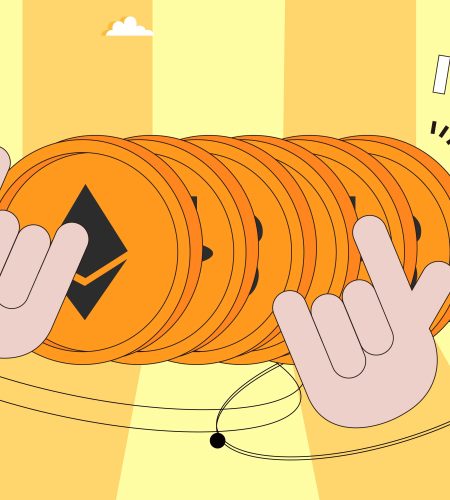Let’s say you’re a fan of the Apple Phone company. In three months, the company will launch its latest phone, estimated to be priced at $6,000 on the market. Being a loyal fan, you want to get this new phone as quickly as possible and at the best price.
Currently, you have two purchasing strategies. You can choose to purchase the phone at the standard issue price on the official website after it’s publicly released, or you can buy a $50 deposit voucher now. With this deposit voucher, you can buy the phone at a predetermined price of $5,500 after its release.
In three months, if the actual sale price of the phone is $6,000, you’ll save $500 by spending $50 on the deposit voucher.
But if the actual sale price is only $5,000, you won’t use the deposit voucher and will choose to purchase at the standard issue price, even if it means losing the $50 deposit.
Deciding whether to exercise the right to purchase after the contract expires is the essence of options.
In simple terms, an option is like the deposit voucher we mentioned earlier.
An option is a financial instrument—a trading contract that allows you to buy or sell a certain asset at a predetermined price in the future. This asset can be stocks, commodities, or forex, among others.
So, why do people need options?
Options let people control price changes of a large number of assets at a relatively low cost. They can be seen as a form of ‘insurance’ for investment strategies, helping maintain relatively stable returns even if the market experiences unfavorable changes. Options come in various types, providing investors with diverse investment opportunities, helping hedge market volatility risks, and increasing the stability and reliability of investment portfolios.
These advantages make options a highly attractive investment tool, widely used in stock, futures, and foreign exchange markets. By mastering options strategies and techniques, traders can achieve investment goals and earn significant returns.

Comments